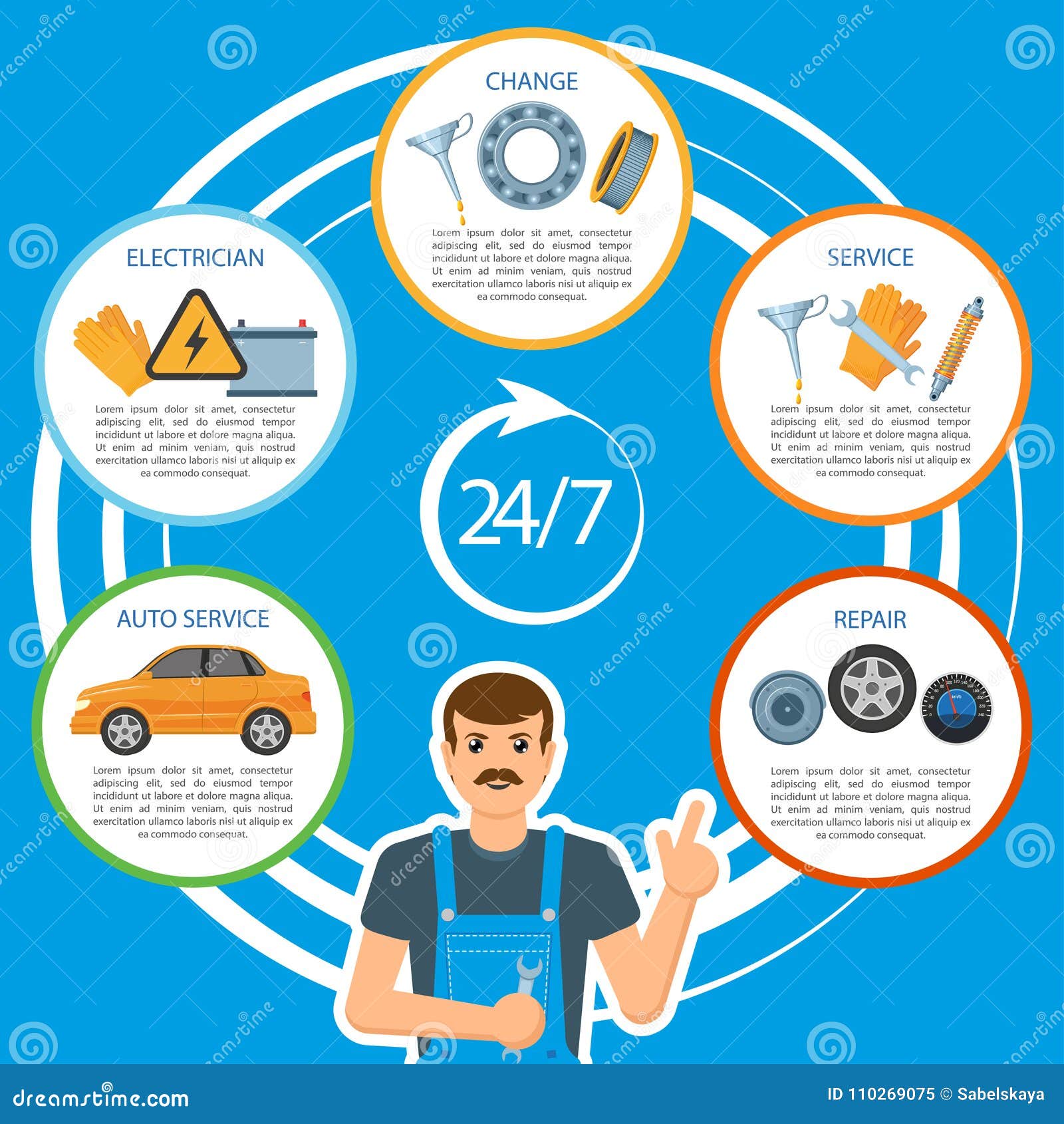Assessing Your Car'S Warning Indicators: What They Actually Convey
Assessing Your Car'S Warning Indicators: What They Actually Convey
Blog Article
Content By-Vinson Stark
When you're behind the wheel, those radiant caution lights on your dashboard can be a little bit difficult. Do you recognize what they're attempting to inform you regarding your automobile's health? Recognizing the significance of these lights is essential for your safety and security and the long life of your car. So, the next time among those lights appears, would not you wish to analyze its message precisely and take the essential steps to address it?
Common Warning Lighting and Interpretations
Recognize usual caution lights in your auto and recognize their definitions to make sure secure driving.
The most normal caution lights consist of the check engine light, which signals problems with the engine or emissions system. If this light comes on, it's vital to have your car inspected promptly.
The oil stress alerting light shows low oil pressure, calling for prompt focus to prevent engine damage.
A flashing battery light could recommend a defective billing system, possibly leaving you stranded if not dealt with.
The tire stress tracking system (TPMS) light signals you to reduced tire pressure, influencing car security and gas effectiveness. Neglecting https://www.edmunds.com/car-maintenance/5-tips-for-choosing-the-right-auto-body-shop.html could lead to unsafe driving problems.
The abdominal muscle light shows a problem with the anti-lock stopping system, endangering your capability to quit quickly in emergency situations.
Finally, the coolant temperature level warning light warns of engine overheating, which can cause serious damages otherwise dealt with swiftly.
Comprehending these usual warning lights will certainly aid you resolve issues quickly and maintain secure driving conditions.
Relevance of Prompt Focus
Recognizing the usual warning lights in your automobile is just the first step; the relevance of quickly addressing these warnings can not be highlighted enough to ensure your safety when driving.
When a caution light illuminates on your control panel, it's your auto's method of connecting a potential issue that needs attention. Neglecting these cautions can result in more extreme troubles in the future, compromising your safety and possibly costing you more in repairs.
Prompt attention to cautioning lights can avoid breakdowns and mishaps. For example, a flashing check engine light might indicate a misfire that, if left neglected, might trigger damages to the catalytic converter. Addressing this immediately can conserve you from a pricey fixing.
Similarly, a brake system advising light may signify reduced brake liquid or worn brake pads, essential parts for your safety when driving.
Do It Yourself Troubleshooting Tips
If you notice a warning light on your dashboard, there are a few DIY fixing tips you can attempt before seeking professional assistance.
The first step is to consult your vehicle's guidebook to understand what the specific warning light shows. In some cases the issue can be as straightforward as a loosened gas cap activating the check engine light. Tightening up the gas cap might settle the issue.
An additional typical concern is a low battery, which can activate different warning lights. Inspecting the battery links for corrosion and guaranteeing they're safe could repair the issue.
If a warning light lingers, you can attempt resetting it by detaching the cars and truck's battery for a couple of minutes and afterwards reconnecting it. In addition, checking your automobile's fluid levels, such as oil, coolant, and brake liquid, can assist troubleshoot warning lights associated with these systems.
Conclusion
Finally, understanding your vehicle's caution lights is vital for keeping your vehicle running efficiently and securely. By promptly dealing with visit my website and understanding what they imply, you can stay clear of expensive repair work and potential break downs.
Bear in mind to consult your automobile's handbook for specific details on each cautioning light and act accordingly to make sure a hassle-free driving experience.
Keep educated, remain safe when driving!
